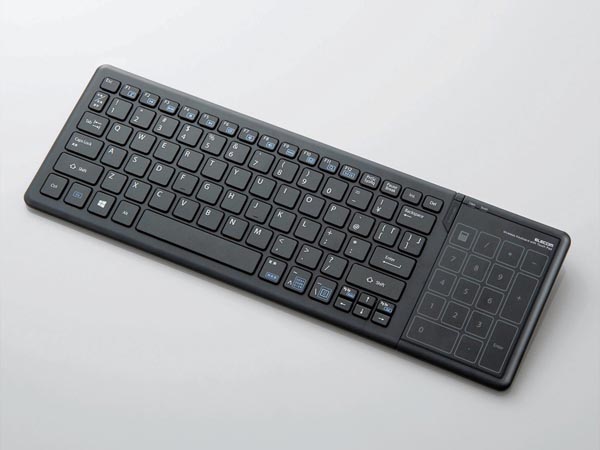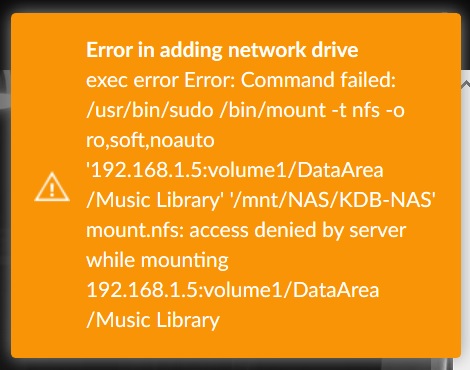Mac Photo Library On Synology Nas
Popular Alternatives to Synology Moments for Mac, iPhone, iPad, Android, Windows and more. Explore 10 apps like Synology Moments, all suggested and ranked by the AlternativeTo user community. I have just uploaded some photos from the Photos library on my Mac to a Synology NAS. Some of the files were jpeg and some were RAW (CR2). To my surprise, all the photos ended up as jpeg on the NAS. I have uploaded CR2 files from a Windows computer, where such conversion into jpeg did not take place. Choose verb /CHo͞oz/ chooses, 3rd person singular present; choosing, present participle; Pick out or select (someone or something) as being the best or most appropriate of two or more alternatives. Viewing a photo library remotely should be performant if you're viewing jpegs. RAW files will be too large. Synology offers Moments which will upload files from your iOS and macOS devices and allow you to access them all from your phone.

You haven't missed the latest updates on Synology apps right? I do like photography and have Photo Station installed on my NAS with some public albums, but I have never given any use to the DS. Synology Moments, An Alternative to Google Photos Gather all your photos and videos in one private place and organize them in an entirely new way. Synology Moments opens a new era for photo storage.
Gather all your photos and videos in one private place and organize them in an entirely new way. Synology Moments opens a new era for photo storage, allowing random photos to be automatically sorted by an image-recognizing technique that can identify the people, subjects, and places in the photos.
Backup your every single memorable moment
Your mobile device's storage space will never be the limitation of your imagination again. Backup your photos captured in daily life securely in Moments and easily free up the spaces. All the photos will be shown in timeline mode just like what you’ve experienced on your own smart phone device.
Group your moments according to topics
With the deep learning algorithm on Synology NAS, random photos are automatically grouped together according to similar faces, subjects, and places.1
Group your moments according to topics
With the deep learning algorithm on Synology NAS, random photos are automatically grouped together according to similar faces, subjects, and places.1
Search and share memories effortlessly
There's no need to scroll through all your photos just to find the one you want. Simply type the keywords into the search bar and all relevant results will appear instantly. Your precious moments can also be effortlessly shared with friends and family anytime, anywhere.
Collaboratively edit travel photos with family members
Switching to Shared Photo Library allows you and authorized users to collaboratively edit photos and albums together, while keeping your personal photos private in My Photo Library at the same time.
Collaboratively edit travel photos with family members
Switching to Shared Photo Library allows you and authorized users to collaboratively edit photos and albums together, while keeping your personal photos private in My Photo Library at the same time.
Experience an easier way of photo management
Live Photos support
Allow the magical Live Photos in Moments to see your beautiful memories in motions.
Auto Color & Rotate
Edit your photos by easily applying Auto Color & Rotate. AI will automatically do all the adjustments
Moments Select
Explore the gorgeous selections that Moments chooses from thousands upon thousands of your photos.
Similar Photos

Duplicate and similar photos are gathered and grouped in For You. You can simply decide to keep or delete each of them here.
360-degree view
The 360-degree photos and videos allow you to share unique moments in an interactive way
Super Resolution
Show the image constructed by Super Resolution for viewing under unstable network conditions
Professional photographers looking for more advanced features and privilege settings to manage your online galleries?
Learn more about Photo StationNotes:
- Image recognition is only supported on selected models.
This article is about how to get your large files off your main computer hard drive and onto some external network storage that is more reliable, longer-term, and doesn’t take up precious space on your laptop or desktop computer. Apple don’t make an external storage solution but I found Synology have some great devices.
I upgrade my Mac computer about every 3 years. Each time I do it’s a bit like moving house – lots of stuff moves with me that I probably don’t need but I’m not ready to throw it out yet.
I just purchased a new Mac mini, but the particular SSD that Apple chose to use in the Mac mini is very expensive. A 1 TB hard disk on a new Mac Mini costs an extra $1280. That’s a lot to pay for an SSD just for storing files. To make matters worse you cannot upgrade the SSD drives in the new Mac Mini.
Enter the NAS?
Many businesses have a different approach to storage, they use what is called network attached storage (NAS). This is an external hard drive that sits outside of your computer and is accessed over the network. It’s a bit like an external thumb drive but it’s on the network so it’s always available from any computer. If you upgrade your computer you don’t have to transfer the data across, it will still be on your NAS.
NAS storage is that it is much slower than a hard drive. Think of it as being more like a filing cabinet or bookcase.
With the purchase of my new Mac Mini I’ve decided it’s a good time to transfer the bulk of my data over to a network attached storage device.
Here’s what I purchased:
1. A Synology DiskStation DS218j – NAS box AU$247
This is the external box that will hold my hard drives and attach them to the network. This particular box has two hard drives in it. Exactly the same data is on each hard disk so that f one of t
I could have also gone with Qnap or another brand, but I picked Synology after doing some research on what works well with a Mac computer.
2. Two Seagate 4TB Iron Wolf drives AU$157 each
It seems like the sweet spot for robust but affordable drives for NAS storage are the Seagate Ironwolf Pro or Western Digital RED NAS. You can spend a lot more, These are in the middle price range yet are more reliable than the standard consumer drive.
I went with Ironwolf because they supposedly work better with the Synology NAS. I chose 4TB drives because that seemed to be the sweet point at the moment in terms of TB per dollar. The two hard drives are in parallel so 2x 4TB drives still only give me 4TB in total.
3. A BR700ELCD CyberPower UPS AU$139
The icing on the cake was to buy an
This shopping spree set me back AU$700 in total, but this is a lot less than the $1280 for 1TB on the Mac Mini. Plus I now have 4TB of storage
Setting it all up.
I don’t want to describe in detail how to set it up, the instructions are pretty self-explanatory. But here’s a few a tips…
- You have no control over what the Synology hard drives are called, so don’t try changing the name. They are called home, video, music, and photo. So the NAS will eventually look like a series of separate mounted drives like this:

Synology Mac App
- It’s not like a normal hard drive where you plug it in and it mounts on your desktop. The NAS is set up like a computer and it will have an IP address that you log in to through your web browser. (eg 10.0.0.120).
- Before you use the NAS you need to log in and create a user. You can then choose drives that will be available for that user. (eg photo etc). You can choose to make all the drives available (like in the screenshot above) or just 1 or more of the drives.
- To mount the NAS and see it on your desktop you need to use the ‘Go’ menu in your OSX Menu Bar and select ‘Connect to Server.’ Type in
afp :// followed by the IP address of the NAS. egafp ://10.0.0.120 - When you log in as a user it will mount your own home folder, but not other people’s home folders. If you log in as a different user you will see a different home folder. The NAS looks different depending on who you have logged in as. But ‘shared’ folders appear the same to everyone.
- You can backup to the NAS. If you want to back up using Time Machine you need to create a completely separate user (I called my user ‘Time Machine’). This is because you want your regular user to have access to the entire 4TB of the hard drive, but you need to limit the amount of space available to Time Machine (1g 1.5TB) otherwise Time Machine will just keep on backing up to the NAS until it is completely full!
- When you tell Apple Time Machine to back up to the NAS it will automatically create a sparse-bundle in the NAS folder and put the Time Machine backup there. There are many articles on the web telling you that you need to use Apple’s disk utility to manually create a sparse image but these are wrong. Time Machine does this automatically for you. At least it did for me in OS X Mojave.
- Once you can see all the NAS hard drive folders on your computer, you will probably want to make them mount automatically each time you reboot your computer. To do this simply go to system preferences, login items, and drag the hard drive across.
Synology Nas Diskstation
- You’ll need to work out what you want to store on the NAS, and what you want on your computer. I’m still working this out, and the built-in Apple apps DO NOT play nicely with
an NAS . They like to have everything in your user folder. - It won’t really work to put your entire user folder onto the NAS because that will slow things down too much. Plus you want your computer to be able to boot properly when the NAS is not available so you don’t want any files that your computer to depends (eg the user folder) on stored on the NAS.
- I decided to manually move my large files. This turned out to be my Photo library (hard), iTunes (easy), and movies (easy).
- It’s complicated to put your Apple photo library onto a shared NAS. Apple
say not to do it. It needs to be on an OSX Extended journaled Volume or APFS. You can put it on an OSX Extended Journaled sparse bundle disk image. This was giving me problems so I’ve put my Apple photos library back on my SSD drive. - It’s easy to put your iTunes movies onto the NAS. Just move it across and point the iTunes folder there from iTunes preferences.
- I’ve
moves all my movies across except for the iMovie folder.